Unidades LoRaWAN: Características y Guía de Selección
Características de las unidades LoRaWAN basadas en STM32WLE5
Estas cuatro Unidades LoRaWAN se basan en la STM32WLE5 solución, que soporta:
- Compatibilidad Global: Diseñado para diferentes bandas de frecuencia regionales para satisfacer las necesidades de comunicación global.
- Bajo Consumo de Energía y Alta Sensibilidad: Asegura comunicación a larga distancia con un mínimo uso de energía.
- Pila de Protocolo LoRaWAN: Pila de protocolo incorporada configurable para modos de operación Clase A, B y C.
- Punto a Punto (P2P) Comunicación: Facilita la comunicación directa de dispositivo a dispositivo cuando no hay un gateway presente.
- Configuración Flexible: Utiliza la interfaz de comunicación UART y el conjunto de comandos AT para una fácil configuración.
- Antena de varilla de goma de alto rendimiento: Diseño optimizado para una cobertura de señal estable y un rango de comunicación extendido.
Las aplicaciones para estas unidades incluyen agricultura inteligente, monitoreo industrial, monitoreo ambiental, y otros escenarios de IoT que requieren comunicación de largo alcance, de bajo consumo de energía.
Comparación detallada
- Protocolo: LoRaWAN® 1.0.3
- Banda de Frecuencia: CN470 – adecuada para China y regiones que utilizan esta banda.
- Modos de Activación: OTAA, ABP
- Comunicación: Soporta LoRa® P2P y UART (comandos AT)
Mejor para: Despliegues en China u otras regiones que utilizan la banda CN470, como redes de ciudades inteligentes y monitoreo agrícola.
- Protocolo: LoRaWAN® 1.0.3
- Banda de Frecuencia: EU868 – ideal para Europa y regiones que utilizan esta banda.
- Modos de Activación: OTAA, ABP
- Comunicación: Soporta LoRa® P2P y UART (comandos AT)
Mejor para: Aplicaciones en Europa, incluyendo IoT industrial y redes de monitoreo ambiental.
- Protocolo: LoRaWAN® 1.0.3
- Banda de Frecuencia: US915 – diseñada para los Estados Unidos y regiones que utilizan esta banda.
- Modos de Activación: OTAA, ABP
- Comunicación: Soporta LoRa® P2P y UART (comandos AT)
Mejor para: Despliegues en los Estados Unidos, como monitoreo de infraestructura y sistemas de gestión de energía.
- Protocolo: LoRaWAN® 1.0.3
- Banda de Frecuencia: AS923 – adaptada para Asia y regiones que utilizan esta banda.
- Modos de Activación: OTAA, ABP
- Comunicación: Soporta LoRa® P2P y UART (comandos AT)
Mejor para: Aplicaciones en Asia, incluyendo redes de sensores a gran escala y logística basada en IoT.
Cómo Elegir la Unidad Correcta
Al seleccionar una Unidad LoRaWAN, considera lo siguiente:
-
Región de Despliegue: Asegúrese de que la banda de frecuencia se alinee con su área de despliegue objetivo.
-
Requisitos de la aplicación: Evalúe si su caso de uso implica puertas de enlace o depende de la comunicación directa entre dispositivos.
-
Cumplimiento Normativo: Confirme que la unidad cumple con las regulaciones locales para el uso de la banda de frecuencia.
Artículos relacionados
¿Qué es M5Stack y cómo usarlo?
Proyecto de prueba de calidad del aire M5Stack Core2
Sistema de control de acceso inteligente basado en RFID M5Stack
Preguntas frecuentes
¿Cuáles son los rangos de LoRaWAN?
Las puertas de enlace LoRaWAN pueden transmitir y recibir señales a una distancia de más de 10 kilómetros en áreas rurales y hasta 3 kilómetros en áreas urbanas densas.
¿Qué frecuencia tiene LoRaWAN en Europa?
868 MHz, LoRa transmite a través de bandas de frecuencia de radio de megahercios sin licencia: 169 MHz, 433 MHz (Asia), 868 MHz (Europa), y 915 MHz (América del Norte).
¿Cuál es la tarifa de LoRaWAN?
La baja potencia, la baja tasa de bits y el uso de IoT distinguen este tipo de red de una WAN inalámbrica que está diseñada para conectar usuarios o empresas y transportar más datos, utilizando más potencia. La tasa de datos de LoRaWAN varía de 0.3 kbit/s a 50 kbit/s por canal.

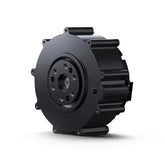

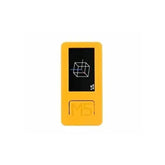

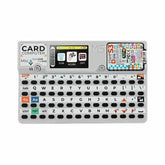

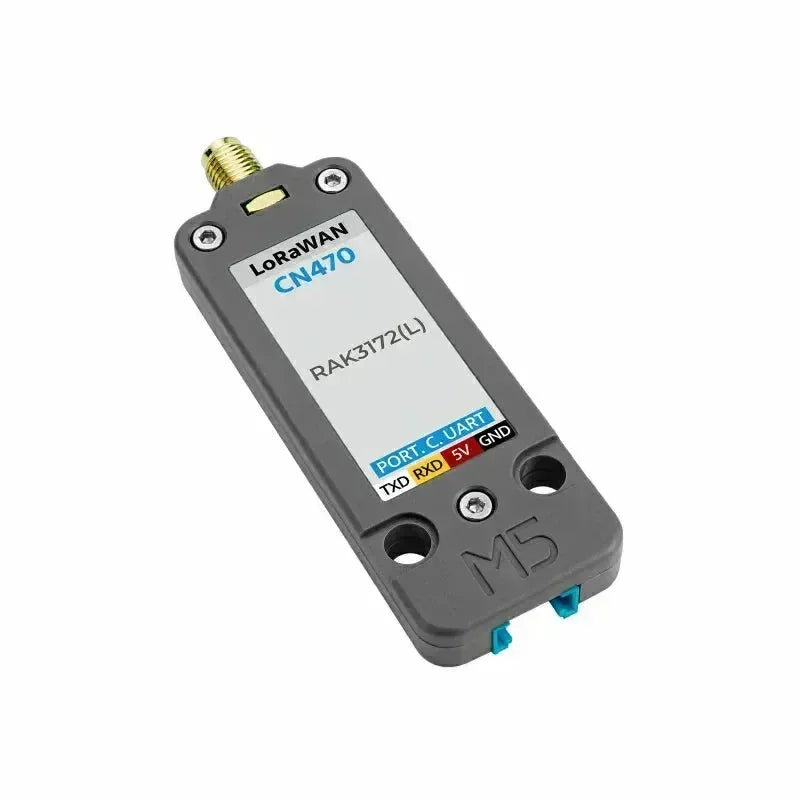
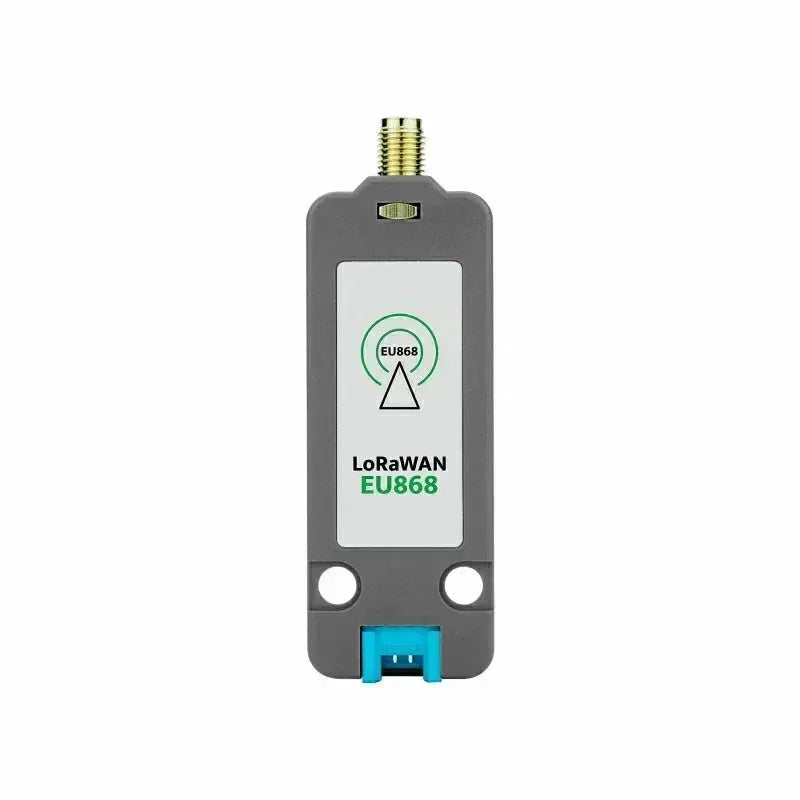
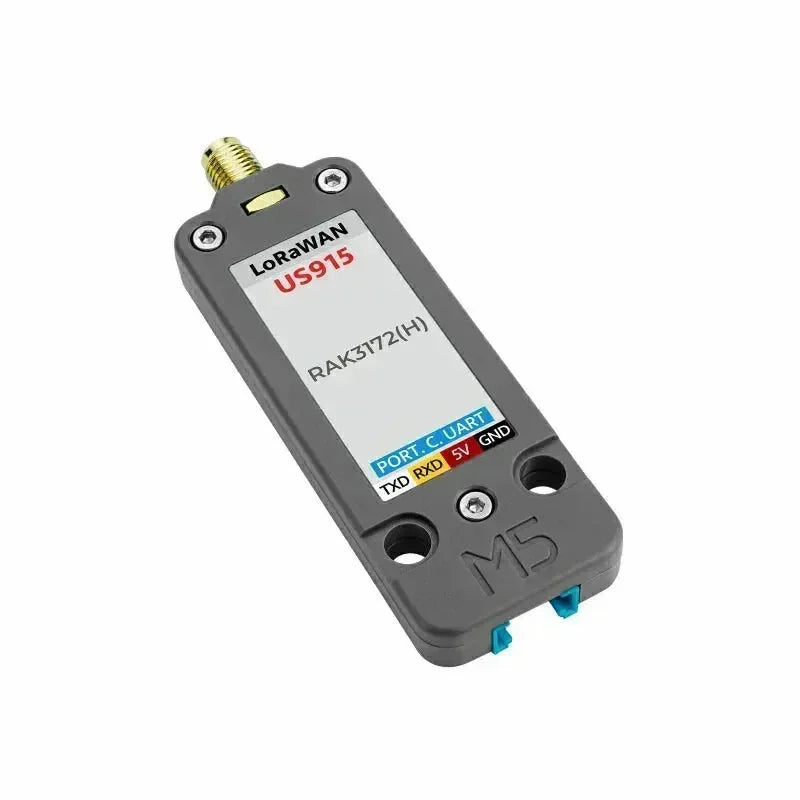
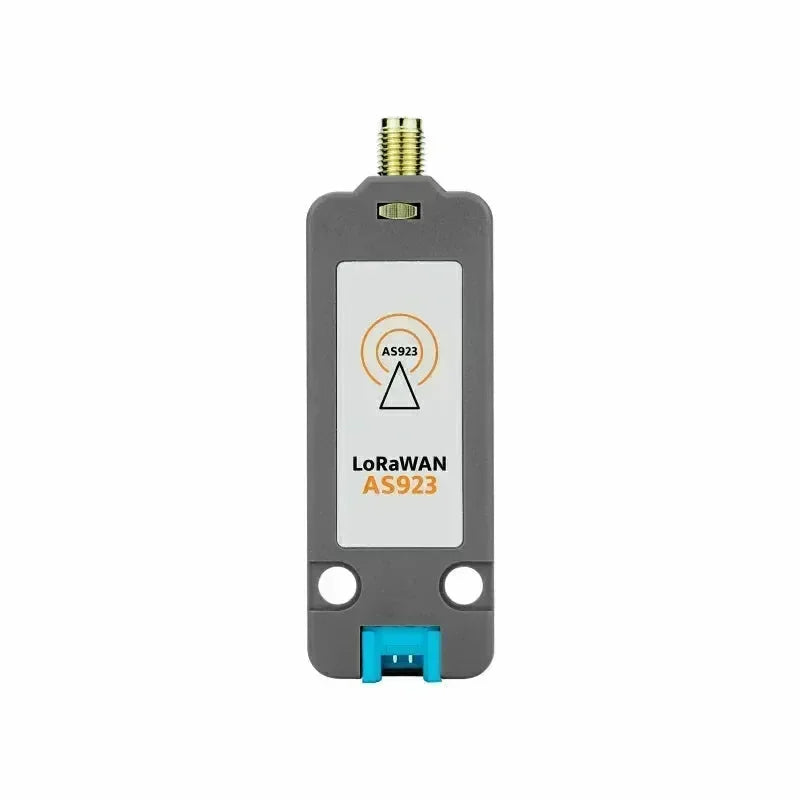
Deja un comentario
Todos los comentarios del blog se revisan antes de publicarlos.